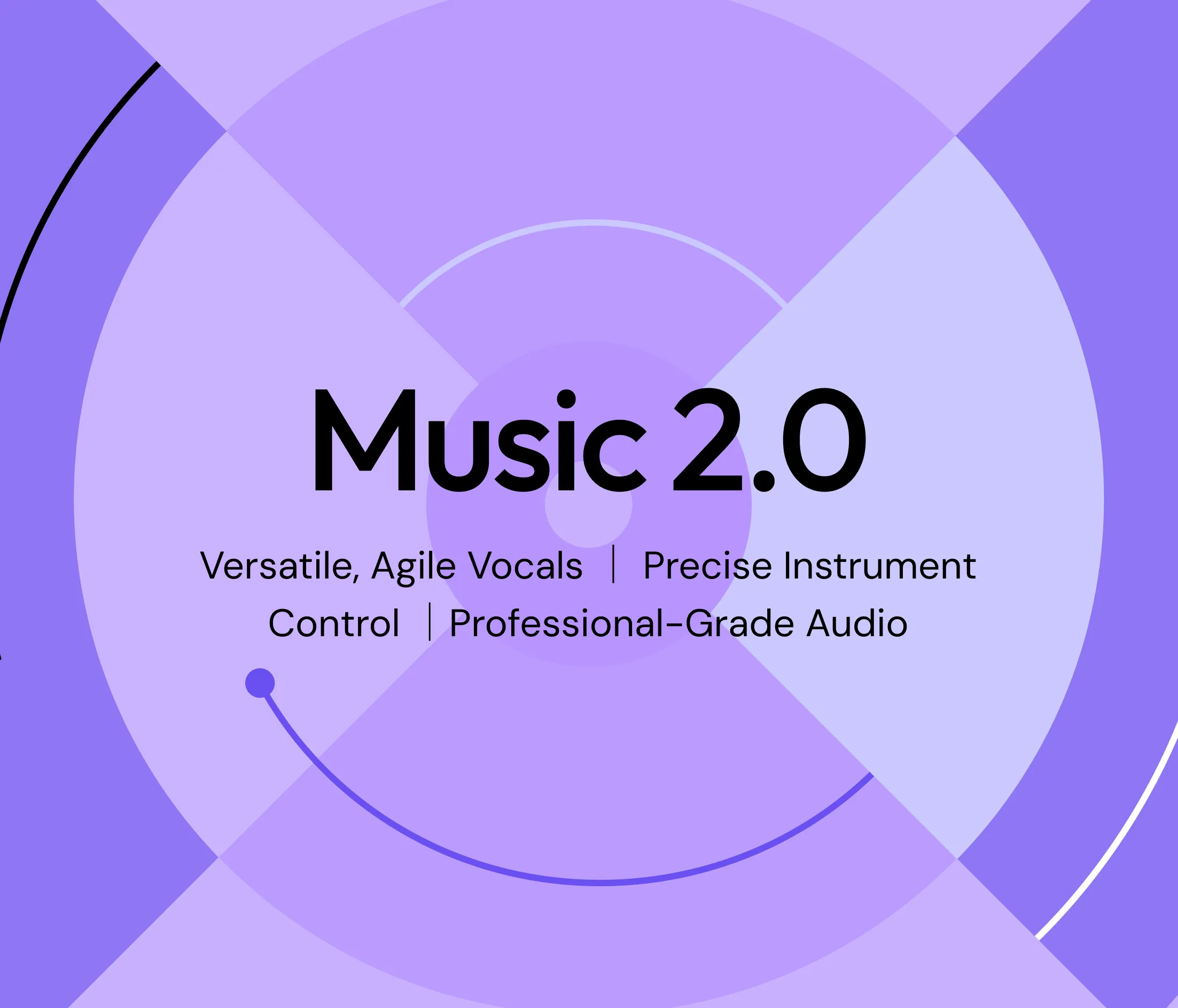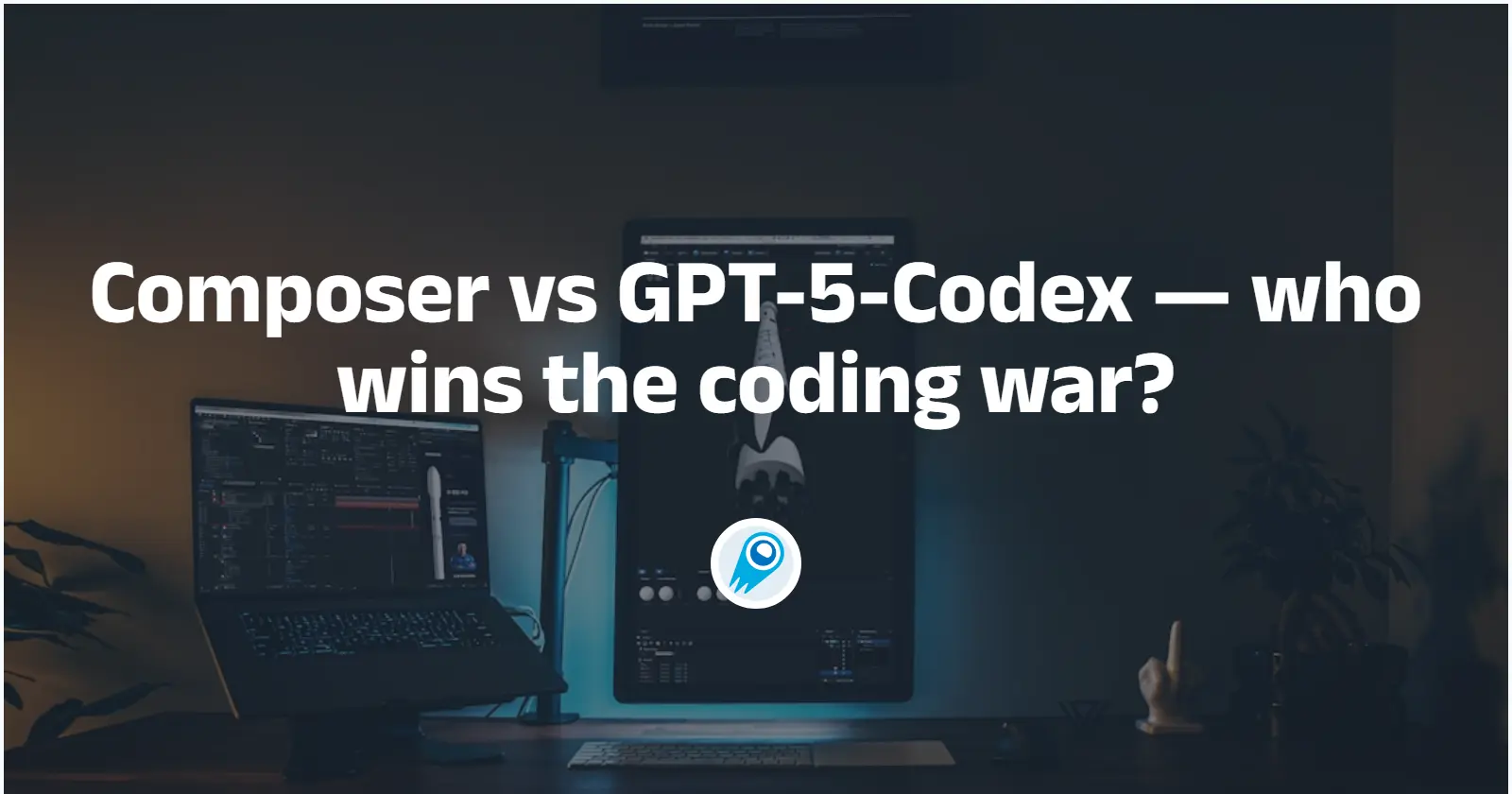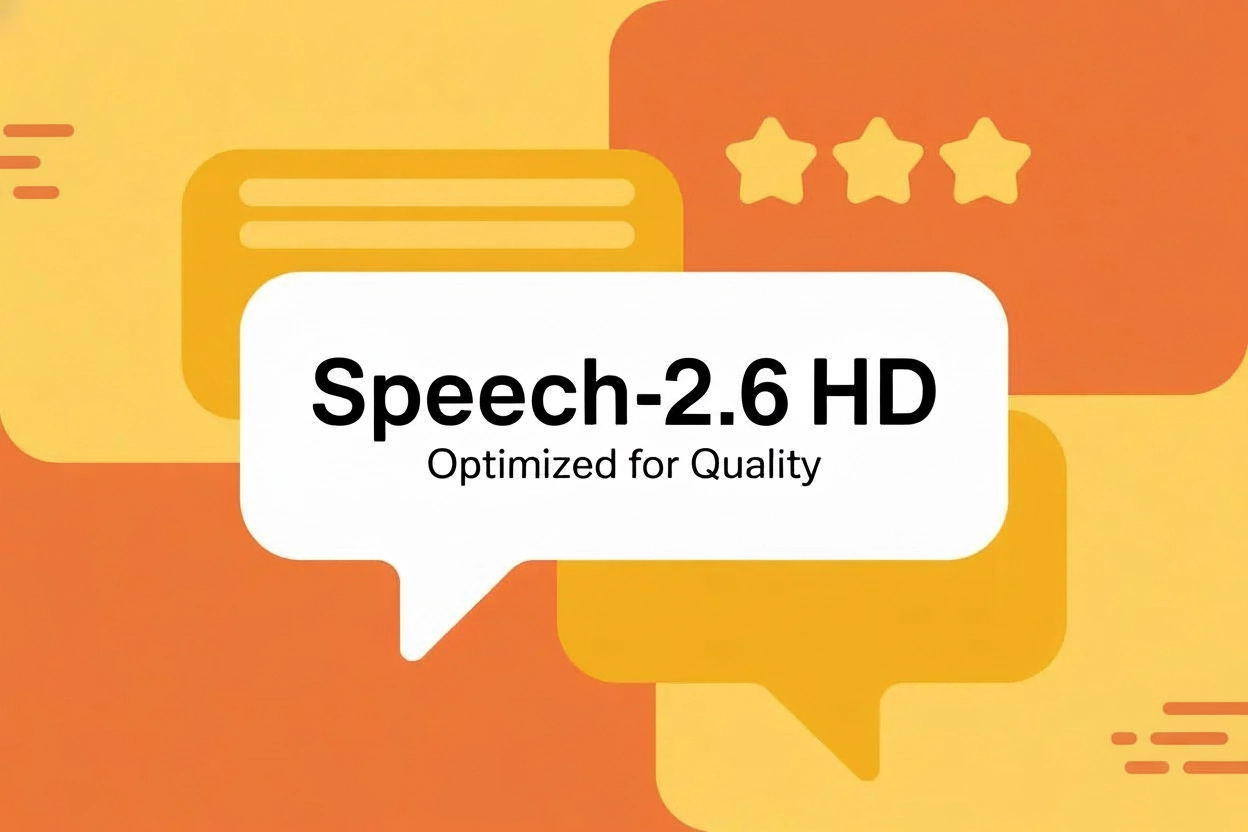Comet API Blog
The CometAPI Blog shares practical guides and updates on mainstream
AI models to help developers get started quickly and integrate them efficiently.
Gemini cli vs Claude code: Which one should you choose?
Google and Anthropic have each introduced powerful command-line AI tools—Gemini CLI and Claude Code—aimed at embedding advanced large language models directly into developers’ workflows. As AI-driven assistance becomes ever more integral to coding, debugging, and research, understanding which of these tools best suits your needs is critical. This in-depth comparison covers their origins, features, usability, […]
OpenAI releases ChatGPT Agent with pleasure
OpenAI officially unveiled its latest advancement in AI-driven productivity: the ChatGPT Agent. This new feature transforms ChatGPT from a conversational assistant into a proactive digital agent capable of autonomously carrying out complex, multi-step tasks on behalf of users. The announcement, made during a livestream featuring CEO Sam Altman, positions the ChatGPT Agent as a significant […]
Can ChatGPT Read PDFs? Here’s Methods and Advice
In recent months, ChatGPT’s ability to ingest, interpret, and analyze PDF documents has advanced significantly. From native file‐upload support on the ChatGPT web interface to direct PDF ingestion via the API and specialized plugins, the model’s PDF‐reading capabilities are now a core part of many users’ workflows. In this in‑depth article, we explore how and […]
Google Gemini CLI Tutorial: How to Install and Use It via CometAPI
Gemini CLI is Google’s open‑source command‑line AI agent that brings the power of Gemini 2.5 Pro directly into your terminal. Launched on June 25, 2025, it offers developers free access to advanced AI capabilities—code generation, content creation, task automation, and more—via natural‑language prompts. With generous usage limits (60 model requests/minute, 1,000/day) under a free Gemini Code Assist […]
How do I Add a PDF to ChatGPT?
In recent weeks, OpenAI has further clarified and expanded its file‐upload capabilities in ChatGPT, making it easier than ever to work with rich document formats—including PDFs—directly within the chat interface. Whether you’re a researcher needing to extract key quotes, a student summarizing articles, or a professional auditing lengthy reports, understanding how to upload and interact […]
Suno Releases v4.5+ with Powerful Vocal Replacement and Creative Control Tools
Suno announced the launch of v4.5+, an incremental update to its flagship AI music generation platform that introduces a groundbreaking Vocal Replacement feature alongside enhanced instrumental swapping and playlist‑driven inspiration tools. Building on the expressive capabilities of v4.5 (released May 1, 2025), which delivered richer vocals, expanded genre support, and smarter prompt interpretations , the new Suno […]
Google launches gemini-embedding-001: its first text embedding model
Google officially unveiled its first production-grade text embedding model, gemini-embedding-001, marking a pivotal moment in the company’s efforts to advance natural language understanding and representation. Now broadly available to developers via the Gemini API, Google AI Studio, and Vertex AI, this state‑of‑the‑art model promises to redefine semantic search, recommendation systems, and a wide array of […]
How to Use Midjourney to Partially Modify a Masked Image? 3 Ways!
Midjourney’s powerful editing capabilities have grown significantly in recent months, offering creators unprecedented control over every aspect of their images. One particularly versatile workflow involves uploading a custom mask image to guide partial modifications—allowing you to change specific areas of a picture while leaving the rest untouched. In this article, we’ll explore the end‑to‑end process […]
How to Access Grok 4 API
Grok 4 is the latest large language model (LLM) offering from Elon Musk’s AI startup, xAI. Officially unveiled on July 9, 2025, Grok 4 touts itself as “the most intelligent model in the world,” featuring native tool use, real‑time search integration, and a massive 256 K context window that far surpasses its predecessors and many competitors. What Is Grok 4 […]
What is Kimi K2? How to Access it?
Kimi K2 represents a significant leap in open‑source large language models, combining state‑of‑the‑art mixture‑of‑experts architecture with specialized training for agentic tasks. Below, we explore its origins, design, performance, and practical considerations for access and use. What is Kimi K2? Kimi K2 is a trillion‑parameter mixture‑of‑experts (MoE) language model developed by Moonshot AI. It features 32 billion […]

MiniMax Music 2.0: what does it mean for AI music and Compare to Suno and udio
MiniMax — the Chinese AI lab (also known under product lines like Hailuo / MiniMax AI) — has quietly but decisively stepped into the thick […]

Composer vs GPT-5-Codex — who wins the coding war?
The last few months have seen a rapid escalation in agentic coding: specialist models that don’t just answer one-off prompts but plan, edit, test and […]

How to Use Sora 2 Without Watermarks—A Complele Guide
OpenAI’s Sora 2 — its latest video-and-audio generative model — arrived this fall as a major step forward in photorealistic video generation and synchronized audio. […]

How to Run GPT-5-Codex with Cursor AI?
Lately,OpenAI has launched a specialized version—GPT‑5‑Codex—specifically tuned for software engineering workflows via its Codex brand. Meanwhile, coding-IDE provider Cursor AI has integrated GPT-5 and GPT-5-Codex […]

MiniMax Releases MiniMax Speech 2.6 — A Deep Dive into the New Speech Model
MiniMax announced MiniMax Speech 2.6, the company’s newest text-to-speech (TTS) / text-to-audio engine optimized for real-time voice agents, voice cloning, and high-fidelity narration. The update […]

How to delete Luma AI creations? 2 Ways!
Generative tools like Luma AI’s Dream Machine make powerful, beautiful images and videos fast — but sometimes you change your mind. Whether you want to […]
